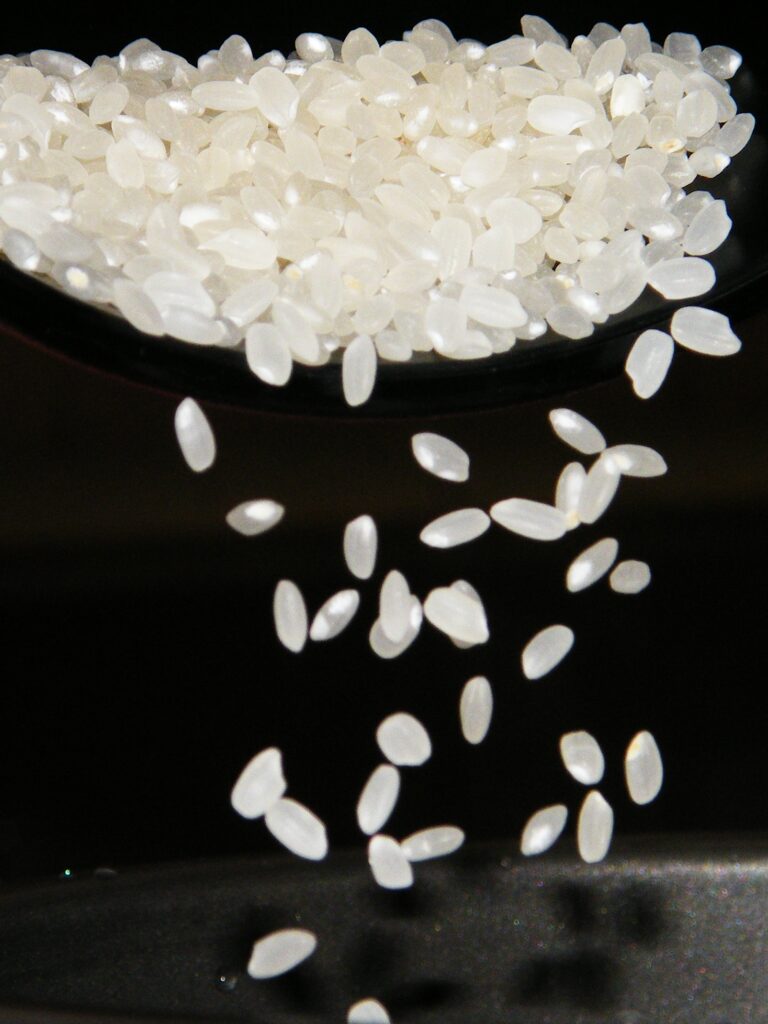For this entry in this series, we’re venturing back to a cold place. Niigata is the next entry as we stop into the Chubu area of Japan.
Craft Beer in Prefecture
We’re going over to the Chubu region of Japan for this entry. Some people might say that Niigata is the birthplace of craft beer, in spite of it being a region better known for nihonshu. On top of this, Niigata is an agricultural powerhouse. It is the second largest producer of rice in Japan, behind Hokkaido.
Niigata is Koshihikari and it is a highly revered strain used for both nihonshu and cooking. In sake production, the prefecture comes third after Gunma and Kyoto prefectures. On top of this, Niigata is also well known for its tulips, producing the highest volume in Japan.

But it is not all about the agricultural output though. As Niigata is located next to the Sea of Japan, it has beautiful coastal and mountainous sceneries. Alongside this, it has spectacular firework displays in summer, along with winter sports in winter and hot spring bathing. However, we are more interested in its history with beer, and the birthplace of craft beer in Japan.
A Brief History of Prefecture
Five thousand years ago, the ancient Jomon people developed a tool that combines practicality with artistry. The “flame pottery” of the Jomon period, that has been excavated in large numbers in the Shinano River basin in Niigata Prefecture, is said to be the origin of modern Japanese culture.
Jomon people survived off the rich natural environment in Niigata by hunting, gathering, and fishing. Until after the Meiji Restoration, the area that is now Niigata Prefecture was divided into Echigo Province (on the mainland) and Sado Province. Sado Province was once the land where exiles were sent. In 1601, gold was discovered on the island. Once a place of exile, the island of Sado is now a popular tourist destination. Visitors can explore its former gold mine, which helped to support the economy of the shogunate during the Edo period.
During the Sengoku period, the Nagao clan, who were at times vassals to the Uesugi, ruled a fief in the western part of modern Niigata from Kasugayama Castle. The most notable member of the Nagao clan was Nagao Kagetora, later and better known as Uesugi Kenshin. He unified the leaders of Echigo Province and became its sole ruler. By taking the surname Uesugi, he also became the head of the Uesugi clan and brought the realm under his control.
It wasn’t until the Meiji Restoration that the prefecture of Niigata became unified and into its current state.
Beer In Niigata
Niigata is best known for its nihonshu production, and its terroir, thanks to the amount of snow it receives. Yet it was one of those nihonshu distilleries that went on to become one of, if not the, first craft beer breweries in Japan.
The 1990s, when craft beer first attracted attention in Japan, is the period of the first boom. In 1994, a revision to the Liquor Tax Act changed the minimum annual production volume required to obtain a beer manufacturing license. This change 2,000 kiloliters to 60 kiloliters, allowed even small businesses to enter the beer business.
At the time, local beer production also had an aspect of revitalizing towns and cities. This revision of the Liquor Tax Act prompted small businesses to start producing beer. The number of breweries grew quickly to over 300 across the country. Originally, Uehara Sake Brewery Co., Ltd, famous for the sake Echigo Tsurukame, set up Echigo Beer in Niigata city.
Niigata Prefecture has seen the creation of around 20 breweries. The main characteristic is their abundant water supply, which supports the prefecture’s 89 sake breweries, the most in Japan. The brewing techniques they have developed through sake brewing. Hakkaisan Brewery, known for its sake Hakkaisan, develops craft beer under the brand name Rydeen Beer. “Rydeen” comes from the water of Minamiuonuma, “Raiden-sama no Shimizu,” used to brew sake. In addition, Heisei Brewing in Nagaoka City is run by Sakaya Heiseido, a soy sauce maker with 400 years of history.